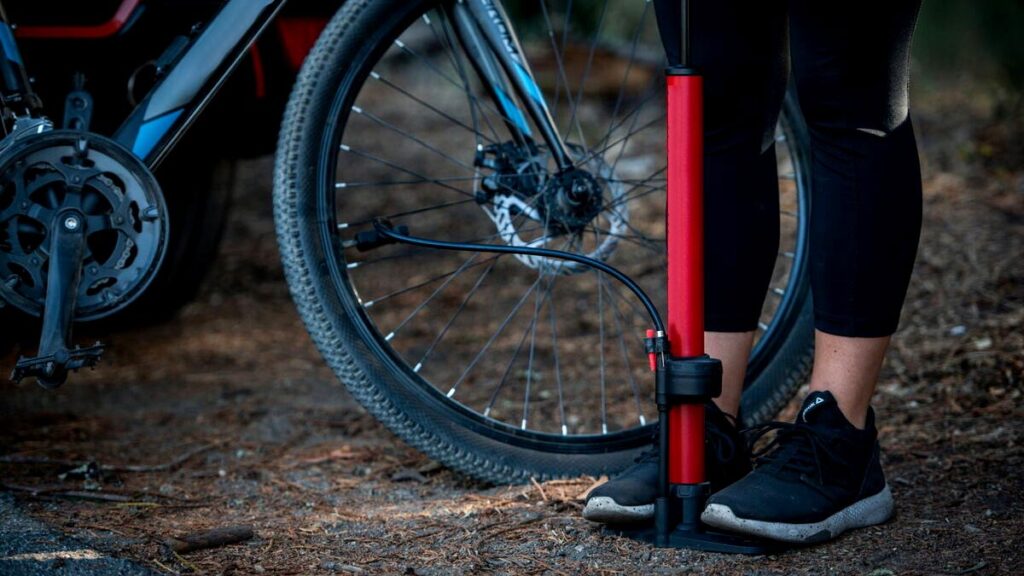Benefits of Proper Tire Pressure
Whether you’re out on the road, hitting the trails, or storing your bike for the season, maintaining proper tire inflation is essential. The right tire pressure enhances ride quality, improves efficiency, and extends the life of your tires. Neglecting it, on the other hand, can lead to poor handling, increased wear, and even long-term damage when your bike is in storage. To keep your ride smooth and your tires in top shape, here are some key tips on proper inflation and maintenance.
Benefits of Proper Tire Pressure
- Improved Efficiency & Speed: Reduces rolling resistance, making pedaling easier.
- Better Comfort & Shock Absorption: Absorbs road vibrations for a smoother ride.
- Enhanced Traction & Handling: Ensures optimal grip and control on different surfaces.
- Reduced Risk of Flats & Damage: Prevents pinch flats and blowouts.
- Increased Tire Longevity: Reduces uneven wear and extends tire life.
Recommendation: Experiment within the recommended PSI range to find the best balance of comfort and performance for your riding style and terrain.
Why You Shouldn’t Let Bicycle Tires Sit Deflated in Storage
- Damage to the Tire: When tires sit flat for long periods, the rubber can develop cracks or weak spots, reducing their lifespan.
- Deformation of the Tire and Tube: A deflated tire can lose its shape, making it difficult to re-inflate properly or causing the tube to shift and pinch.
- Rim and Spoke Stress: Without air pressure to support the bike’s weight, the rims may press against the ground, potentially leading to bent rims or weakened spokes.
- Increased Risk of Flat Spots: Tires left deflated while supporting the weight of the bike can develop permanent flat spots, leading to an uneven ride.
- Moisture and Mold Buildup: Low-pressure or flat tires can trap moisture, leading to corrosion on metal parts or mold growth inside the tire casing.
Recommendation: If storing your bike for an extended period, keep the tires properly inflated and, if possible, hang the bike or keep it off the ground to reduce pressure on the tires.
Where to Find the Proper Tire Inflation
The recommended tire pressure can be found:
- On the Tire Sidewall: Look for the PSI (pounds per square inch) or BAR range printed on the tire.
- Manufacturer’s Website: Check for tire-specific recommendations.
- General Guidelines:
- Road bikes: 80-120 PSI
- Hybrid bikes: 50-80 PSI
- Mountain bikes: 25-50 PSI
- Fat bikes: 5-30 PSI
How to Check and Adjust Tire Pressure
- Use a tire pressure gauge or a pump with a built-in gauge.
- Inflate with a floor pump or CO₂ inflator for quick adjustments.
- Check tire pressure weekly or before every ride.
Proper tire inflation is key to a smooth ride, better handling, and longer tire life. Whether you’re hitting the road or storing your bike, maintaining the right pressure helps prevent damage and unnecessary repairs. A quick pressure check before each ride can make all the difference—your bike will thank you!

